Modélisation de données :
interpretation et collaboration
Université de Neuchâtel, 18 novembre 2018
Elena Spadini (Université de Lausanne)
- Introduction
- RDF et Linked Data
- Méta-données et et bases relationnelles
- Données et XML/TEI
- Conclusion
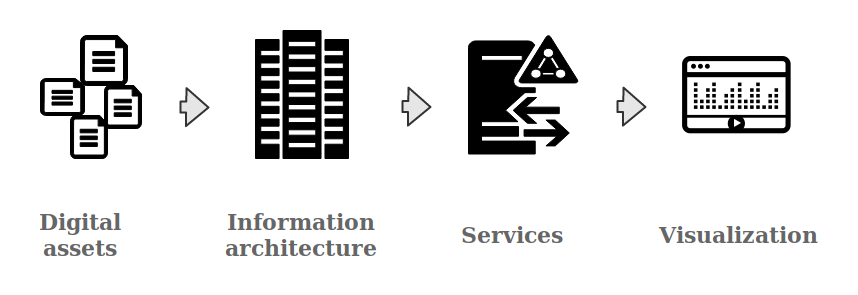
Intro to Digital Humanities. 1B: Analysis of DH projects. Johanna Drucker, UCLA
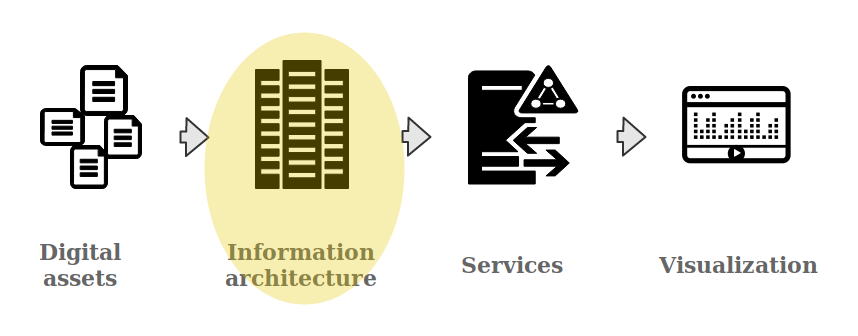
Intro to Digital Humanities. 1B: Analysis of DH projects. Johanna Drucker, UCLA
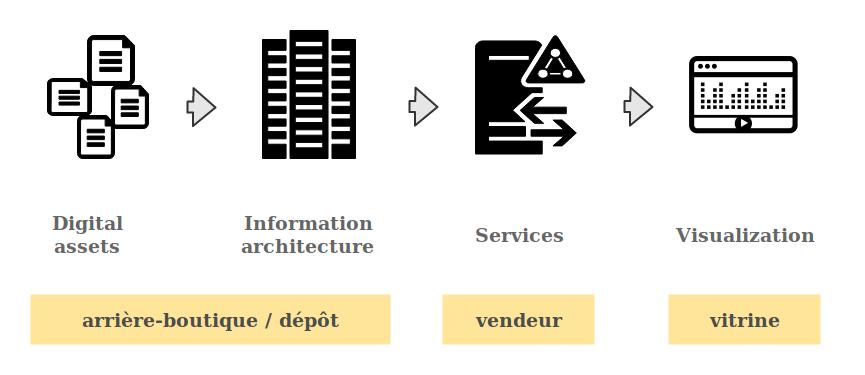
Projet :
Les sites de conservation
des œuvres de Van Gogh e de Gauguin
Les sites de conservation
des œuvres de Van Gogh e de Gauguin
un tableau est conservé au musée un musée
Créer des triples avec les images,
les artistes, les musées et les prédicats
un tableau a comme auteur une personne
un tableau est conservé au musée un musée
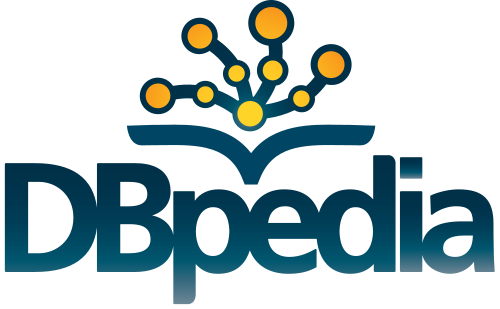

dbr:ressource
dbo:prédicat
dbr:ressource
PREFIX dbo: <http://dbpedia.org/ontology/>
un tableau a comme auteur une personne
dbr:ressource
dbo:author
dbr:ressource
un tableau est conservé au musée un musée
dbr:ressource
dbo:museum
dbr:ressource
dbr:Landscape_near_Arles dbo:author dbr:Paul_Gauguin
dbr:Landscape_near_Arles dbo:museum dbr:Indianapolis_Museum_of_Art
Van Gogh, œuvres et sites de conservation
PREFIX dbr: <http://dbpedia.org/resource/>
PREFIX dbo: <http://dbpedia.org/ontology/>
SELECT DISTINCT ?painting ?museum
WHERE { ?painting a dbo:Artwork .
?painting dbo:author dbr:Vincent_van_Gogh .
?painting dbo:museum ?museum }
LIMIT 30
Créer une fiche (max 5 champs)
pour chaque document
doc570 | doc730 | doc737 | doc859 | doc882
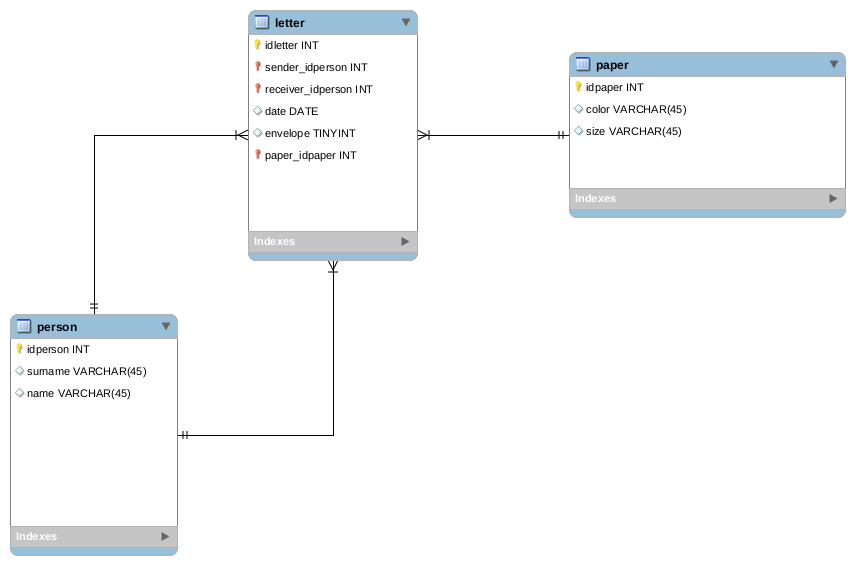
The models provide formalized perspectives on their subjects, expressed in a way that makes possible to gather specific information about the subject. In short, the formalized model determines which aspects of the subject will be computable and in what form.
Flanders and Jannidis, “Data Modeling”, in A New Companion to Digital Humanities, 2016
Définir des étiquettes (max 5) pour marquer des éléments significatifs du contenu de la lettre, de la structure de son texte ou de sa mise en page (ex. noms, signature, retour à la ligne, etc.)
<persName>
<placeName>
<signed>
<rs>
<p>
<page>
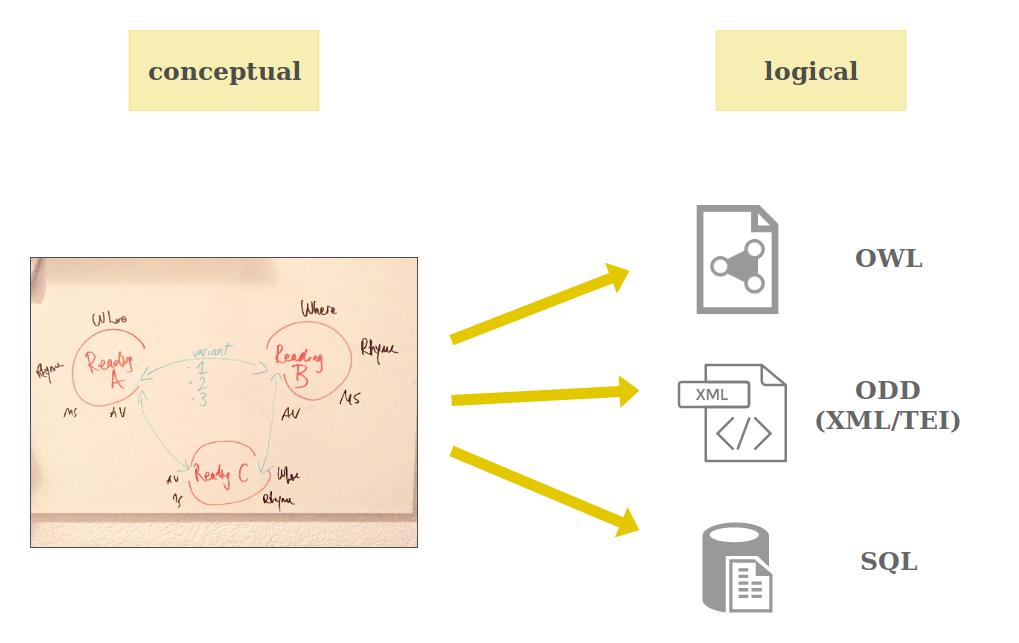
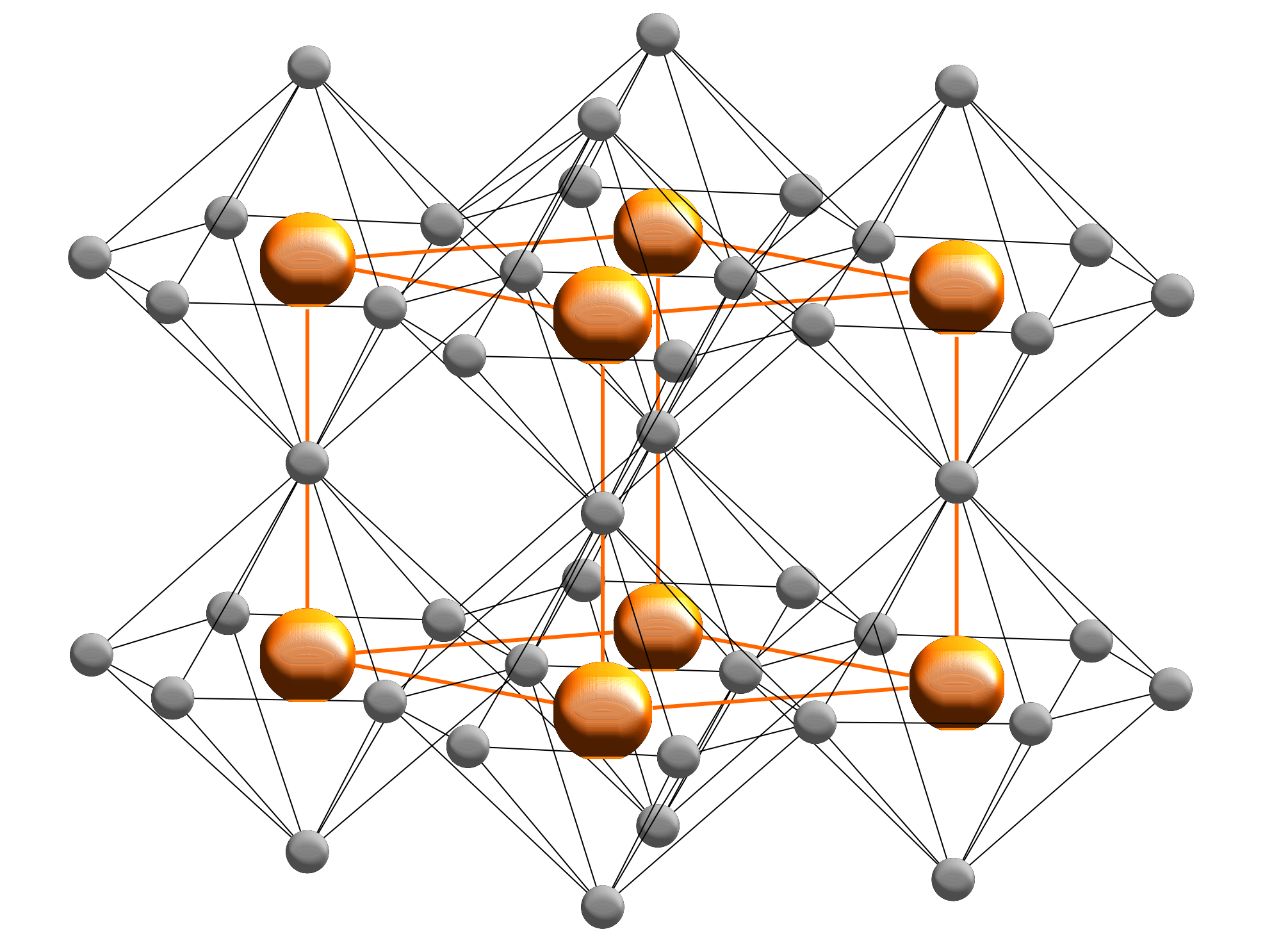
Structurer les données permet de les analyser, les transformer et les manipuler de façon systématique
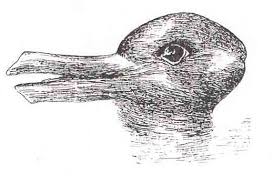
Structurer les données implique de les interpréter.
Les données structurées sont interprétées

Les composantes scientifique et technique
d'un projet DH se développent ensemble

Selected bibliography
- Carrà, Sergio, ed. 1999. Il ruolo del modello nella scienza e nel sapere (Roma, 27-28 ottobre 1998). Roma: Accademia nazionale dei Lincei.
- Ciula, Arianna, and Øyvind Eide. 2017. ‘Modelling in Digital Humanities: Signs in Context’. Digital Scholarship in the Humanities 32 (suppl_1): i33–46.
- Drucker, Johanna. 2011-2012. Intro to Digital Humanities. dh101.humanities.ucla.edu/
- Eide, Øyvind. 2014. ‘Ontologies, Data Modeling, and TEI’. Journal of the Text Encoding Initiative, no. Issue 8 (December).
- Flanders, Julia, and Fotis Jannidis. 2015. ‘Knowledge Organization and Data Modeling in the Humanities’. In . http://www.wwp.northeastern.edu/outreach/conference/kodm2012/index.html.
- ———. 2016. ‘Data Modeling’. In A New Companion to Digital Humanities, edited by Susan Schreibman, Ray Siemens, and John Unsworth, 229–37. Wiley-Blackwell.
- McCarty, Willard. 2004. ‘Modeling: A Study in Words and Meanings’. In A Companion to Digital Humanities, edited by Susan Schreibman, Ray Siemens, and John Unsworth. Oxford: Blackwell.
- Pierazzo, Elena. 2015. Digital Scholarly Editing: Theories, Models and Methods. Ashgate.
- The Shape of Data in Digital Humanities by Julia Flanders and Fotis Jannidis (Hardback). 2017. https://wordery.com/the-shape-of-data-in-digital-humanities-julia-flanders-9781472443243.